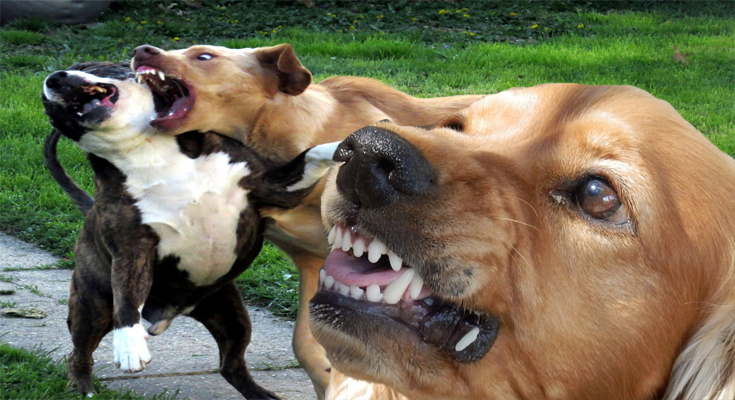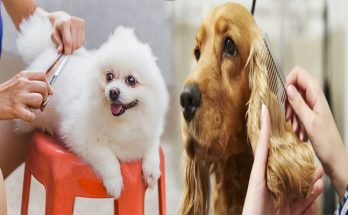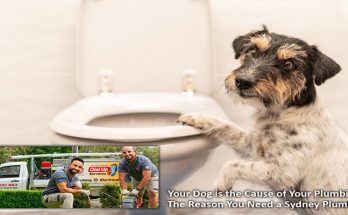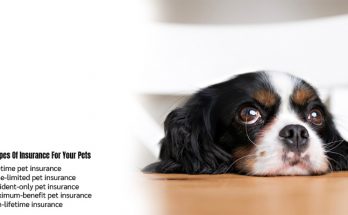Intense Conduct within a Canine
Pet dog entrepreneurs enjoy their pet dogs a lot of that at times they might forget about which they are predators and will inflict serious accidents. According to the Center for Condition Handle & Prevention, every year canines bit over 4.5 million Americans and every one in five bites requires medical intervention. Dog Bite Laws, are different from state to state, but bottom line is that pet house owners are responsible for their dog’s intense habits.
You must understand what are the signs of an aggressive pet. For example biting, growling, snarling, and snapping. If you ignore these behaviors they can become a significant problem. Your doggy can hurt someone, you’ll be able to be sued, or your canine can be sentenced to death.
Different Types of Doggy Aggressive Conduct
When dogs become aggressive they may be letting you know to keep your distance. However, since humans have a different communication system, intense behavior can be perceived incorrectly. The following a list of the three most common types of intense conduct:
1. Fear and Anxiety Based Aggression
This is one of the most frequent causes of intense behavior within a canine. It can be as a result of a genetic predisposition or from previous trauma or mistreatment. If he feels that he is going to be hurt he will lash out in self-defense. Regardless, of whether you believe the fear is real or imaginary you should take it incredibly seriously and help him.
2. Dominance Aggression
Canines are pack animals by nature and every pack has a leader known as the Alpha animal (who dominates). Dog house owners must establish themselves as the Top Puppy. As terrible as it sounds, canines need to be at the bottom of the human hierarchy. If your pet dog doesn’t understand this, it can result in intense actions. When canines don’t welcome their lower status within the human structure they can respond hostile to caring gestures, such as petting or hugging. He may well feel that your caring gestures are challenging his status.
3. Territorial Aggression
Canine mark a particular territory and will become aggressive when someone visits the marked area. Depending on whether they have scent marked their yard or the entire neighborhood, they may finish up with small or big territory. Overly territorial puppies will display intense puppy behavior to any person or animal entering their space.
Tips on how to Stop Intense Pet dog Conduct
Aggressive habits in a pet are complicated but the excellent news is that they can be modified or controlled. Here are few ideas:
1. Make sure that there is not an underlying medical condition (brain tumor, low blood sugar, or liver condition). Especially if he develops an intense behavior at maturity that was not previously seen.
2. Preferably before he is six months old spay or neuter your canine. Unaltered puppies have a greater risk of exhibiting intense actions. Pet dogs know when there is a female pet in heat nearby, and their desire to reproduce can trigger them to start fighting with you or other puppies.
3. After an illness has been eliminated, it’s time for you to start dog training for intense canines. This will assist you in learning more about your doggy and How you can communicate better with him.
4. Begin a dominant relationship with your pet. If you are the Top dog, he will secure and safe. He won’t have the desire to protect the marked territory from visitors.
5. For overly intense dogs, professional assistance may be needed before it gets out of manage and someone is hurt.
You mustn’t ignore aggressive dog habits. These types of problems will not resolve themselves. The good news is that even the most intense canine can be re-educated and trained.





